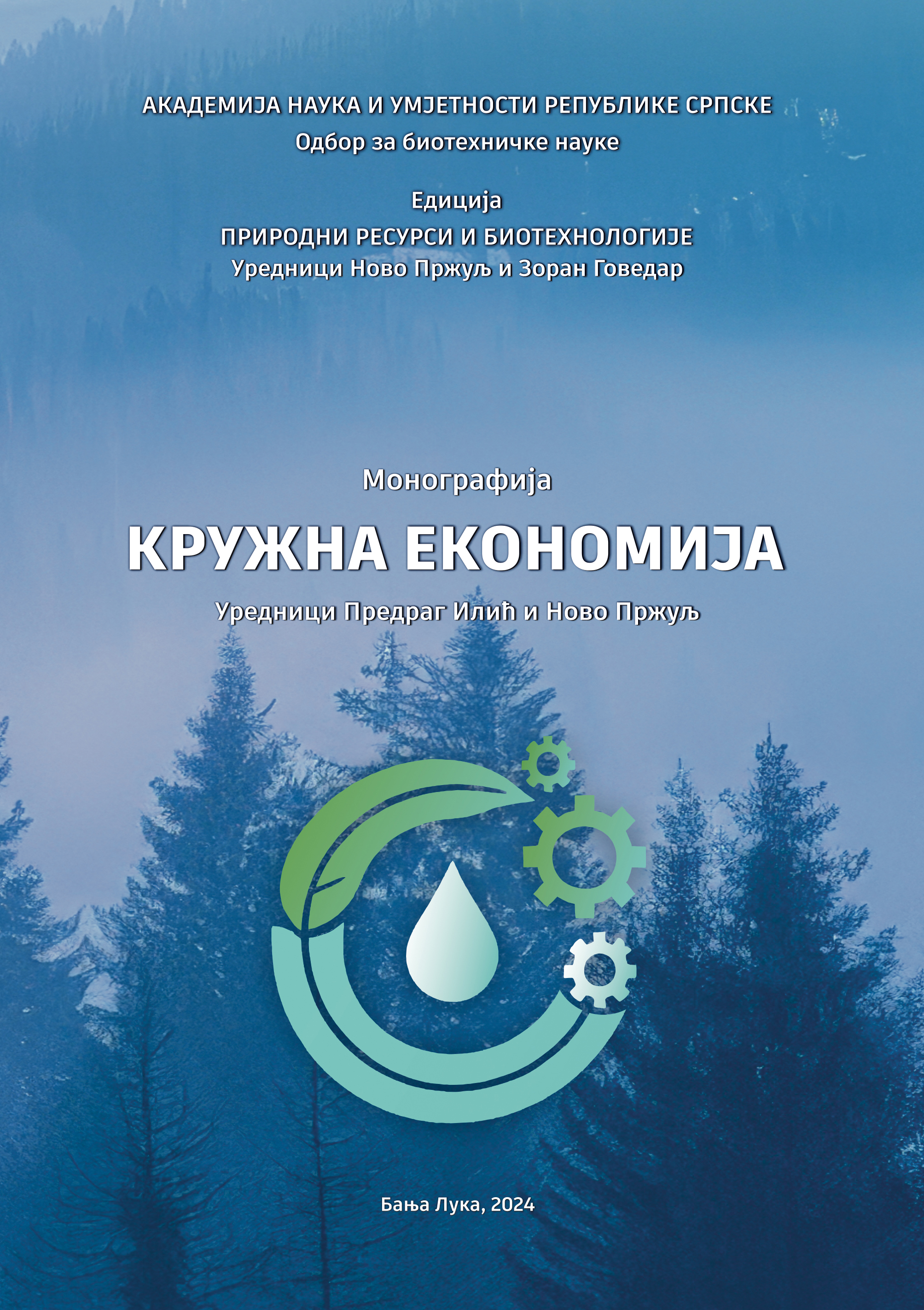Circular Economy and Its Impact on Pollution Reduction and Environmental Sustainability
DOI:
https://doi.org/10.7251/PRB2401001IKeywords:
Circular Economy, Sustainable Economic Development, Pollution, Protection, EnvironmentAbstract
Due to increasingly pronounced climate changes and intensified anthropogenic impacts on the environment, on one hand, and global economic growth and exploitation of scarce natural resources, on the other hand, there is a need to find a compromise solution that would ensure long-term, sustainable economic development. One of the optimal possibilities in this context is the development approach of the circular economy. This approach offers a sustainable response to environmental challenges by promoting principles such as waste reduction, reuse, and recycling. The circular economy finds its application in numerous sectors of economic activity, such as industry, agriculture, energy, water resource management, and others. The implementation of the circular economy involves meeting the four basic economic principles (4E): economy, efficiency, effectiveness, and the latest ecological principle. The realization of the basic principles of the circular economy includes various techniques for transforming natural resource management, i.e., maximizing the utility of available materials while minimizing waste production. In this context, technological innovations play a crucial role in enhancing the development of circular economic processes. New technologies are thus a prerequisite for increasing economic efficiency while simultaneously reducing the ecological footprint of the entire social community. Through examples from around the world, the chapter illustrates specific cases where the circular economy has already had a visible impact on reducing local pollution, such as reducing greenhouse gas emissions, managing industrial and agricultural waste, preserving water flows and soil, and protecting air quality. It also considers the challenges and potential solutions in implementing circular strategies in these areas. Furthermore, the role of international cooperation and the development of political frameworks that favor the expansion and adoption of circular initiatives are analyzed. The discussion is based on creating comprehensive strategies that connect different societal actors and create an efficient system of long-term sustainability and socio-economic stability. From all the above, it implies that the circular economy is a key tool for achieving long-term sustainable development, whose active application counteracts climate change and protects the planet for future generations.
